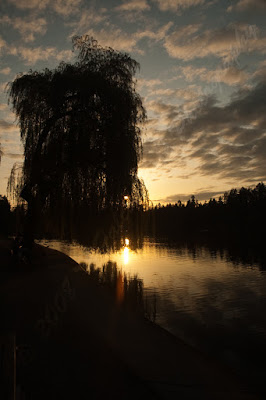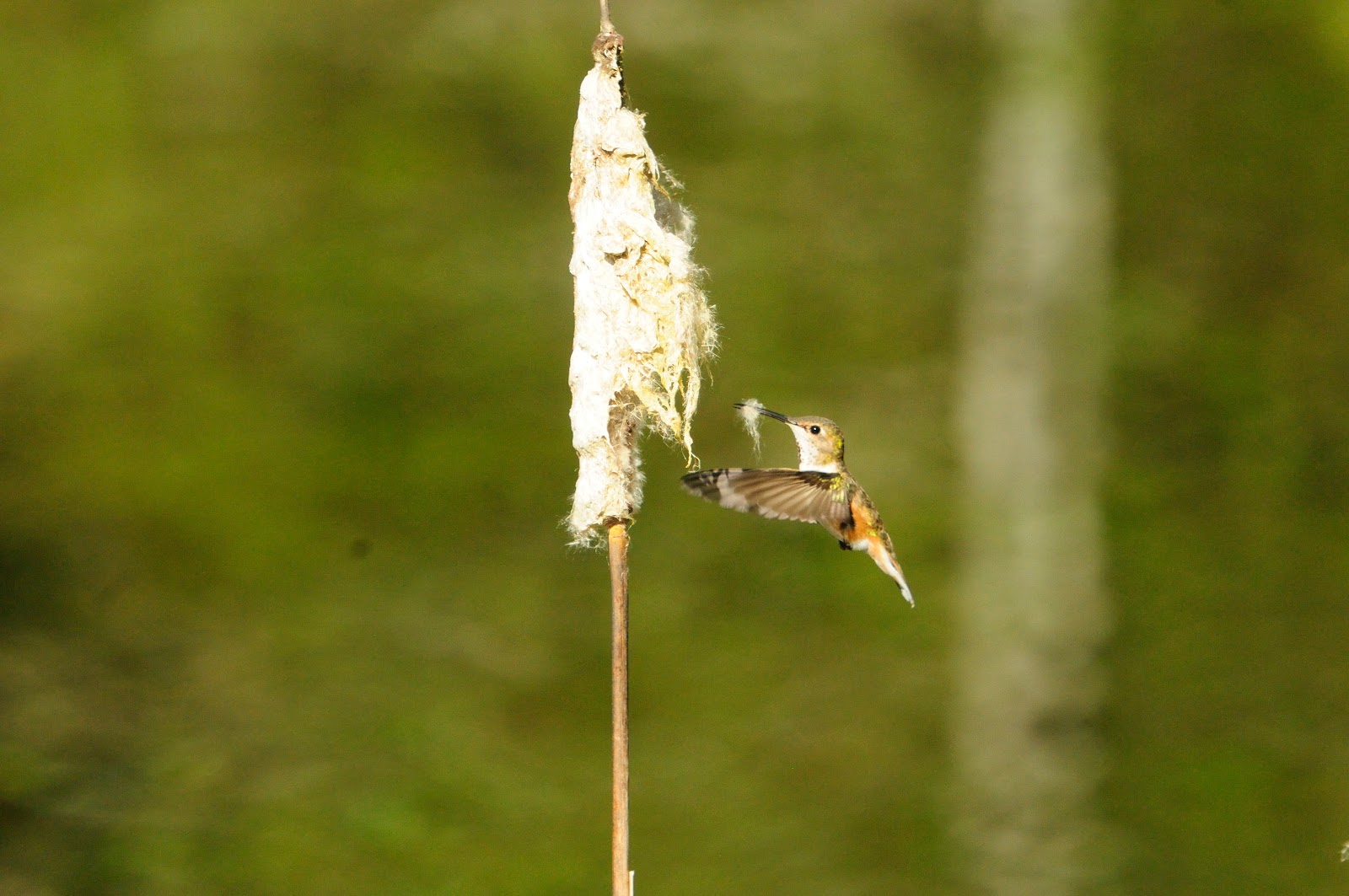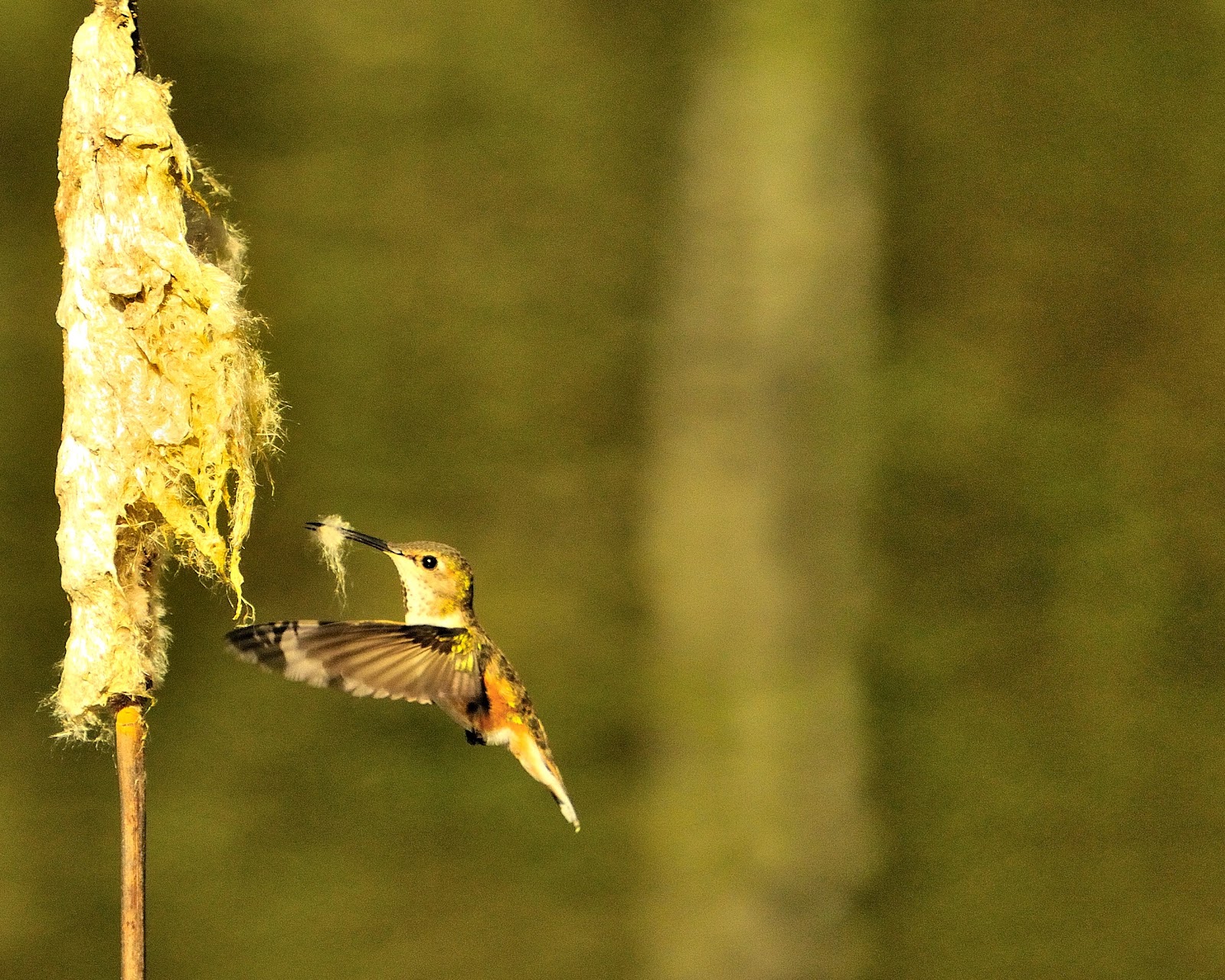There are many places that a photographer would like to photograph, but for me, if money were no obstacle, I’ve managed to narrow down the top ten locations that I would like to go to in order to photograph subjects. Since my main photographic interests lie in landscapes and wildlife; the interesting subjects and landscape features of each of these locations provides a reason for me to pick up my camera and take a journey to a place which would have been on my bucket-list to go to and most definitely will be on my list of places to go…if I win the lottery.
1. Iceland:a land shaped by plate tectonics; it is dotted by volcanoes, waterfalls, glaciers, ice caverns and geothermic geysers; all of which contribute to a surreal landscape that makes it a beautiful region to photograph. There is something about Iceland’s geography that contributes to lenticular cloud formation; a surreal atmospheric phenomenon which makes clouds appear to be shaped like an alien spacecraft. Puffins also frequent this island. There are Icelandic reindeer and arctic fox to be photographed. I’ve often marvelled at the photos that other photographers who have been lucky enough to visit this enchanting country and would love to be able to go visit this place myself.
2. Sierra de Culebra, Spain: this place offers an opportunity in Northwest Zamora to view the Iberian wolf in the wild. Not to mention; the area also with it’s rocky terrain offers plenty of opportunity for landscape photography. I’ve always been interested in the lupine species; wanting to go out into the wilds in Canada to photograph wolves, but the Iberian wolf, a subspecies of the grey wolf, inhabits the forests and plains of Northern Portugal and NorthWestern Spain; and all in all a fascinating species to photograph.
3. Woraksan National Park, South Korea:With the various monuments, mountains and waterfalls in this park, the landscape photographer will have an absolute field-day there…and I have a weakness for mountains and waterfalls.
4. Shaanxi Province, China:Foping Nature Reserve: one word: Pandas! ‘nuff said.
5. The Scottish Highlands: the Scottish Highlands are dotted with castles from Scotland’s feudal ages and the opportunity to get in some landscapes with castles in them as well as other landscape photos. Eilean Donan castle is one place that ranks high on my list of photographs that I want to put into my portfolio.
6. Japan: There are four locations that I want to photograph in Japan. Man-made structures are not so much of interest to me, however, I figure that I would like to photograph some, like Kyoto’s Buddhist temples. But for me, it’s the different wildlife that is located in Japan. The Snow Monkeys of Nagano Prefecture which absolutely love the onsen (hot springs). The Deer at Nara Park, the red foxes of Zao Fox Village in Miyagi Prefecture and the Wild Horses of Yonaguni-Jima. Japan will more than likely be a heritage trip for me, as my family comes from Kyoto.
7. Snowdonia, Wales:This mountainous region of Wales is usually one of the most beautiful especially when capped with snow. There’s mountains, rivers, lakes and forests. And occasionally if you venture into the area bordering the RAF LFAs (low flying areas) you might see a Eurofighter Typhoon come screaming down the Mach Loop. Which is nice because as a wildlife photographer, I occasionally like photographing big loud metal birds.
8. Saskatchewan and Alberta: (Summer): During the summer in Alberta and Saskatchewan there are burrowing owls; their quaint little behavior of tilting their heads at onlookers has always captured my attention and I’ve always wanted to capture them on image. Their anthropomorphic behavior such as making faces at their fellow owls makes them absolutely hilarious to watch. But since their habitat is in roughly the same area as those of rattlesnakes, I’d rather be wearing snake-bite resistant pants and snake-bite proof walking shoes when I go.
Saskatchewan and Alberta: (Winter): Snowy Owls tend to make more common appearances in Alberta and Saskatchewan during the winter. Ever since Harry Potter came out, everybody and their kids have held a fascination with Hagrid the Owl (now…note that I haven’t read that tripe; sorry, J.K. Rowling, it never interested me. Maybe I was just too old when the novels came out). But snowy owls have held more of a fascination with me due to their beautiful white plumage and their mesmerizing yellow eyes and like the burrowing owls, they have a captivating personality and thus I would love to get snowy owls into my portfolio of images.
…and last but not least…Antarctica: If money were no obstacle…I would definitely do a trip to the bottom of the earth…to photograph Antarctica’s penguins as well as the beautiful barely touched landscapes of the Antarctic continent. It would probably mean taking a flight to Ushauia, Argentina, from Buenos Aires and taking a tour with Nat Geo’s Penguin Tours.
This by no means comprises all the places that I would like to visit, if we were so lucky enough to have the financial resources to do so, but it does give you an idea of what I’d like to photograph. So what’s YOUR list?




























